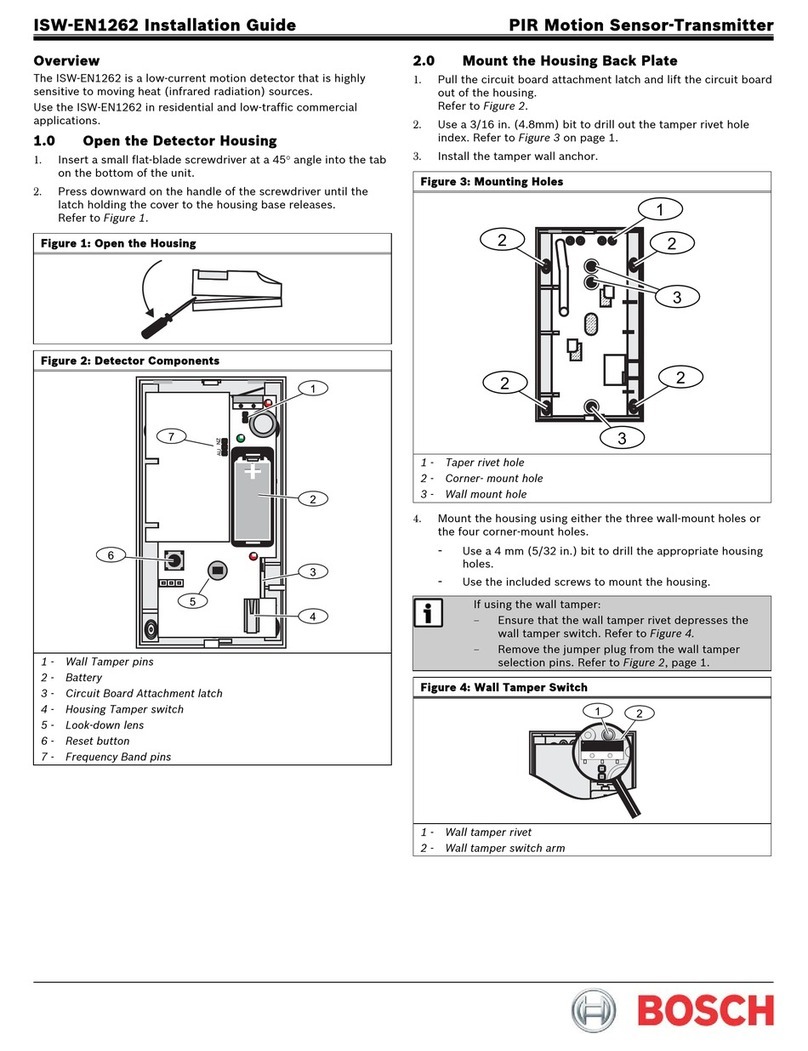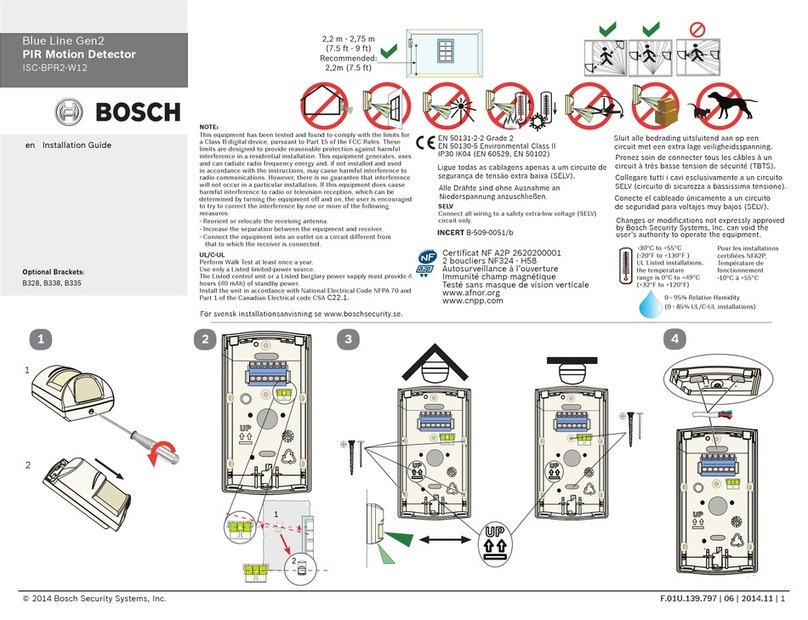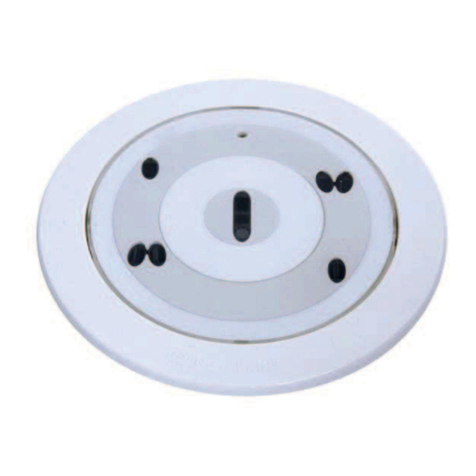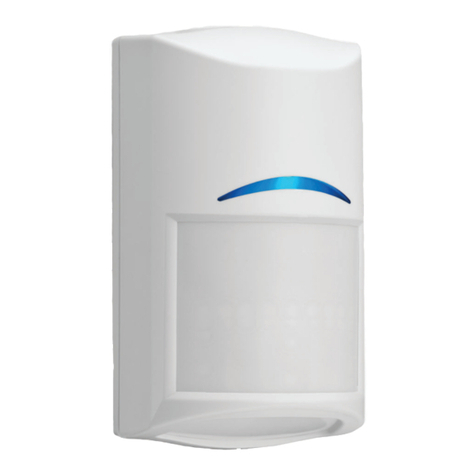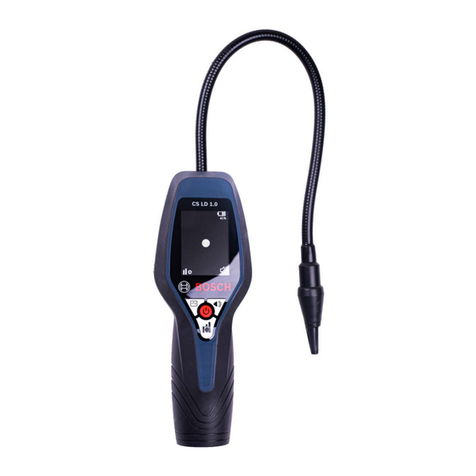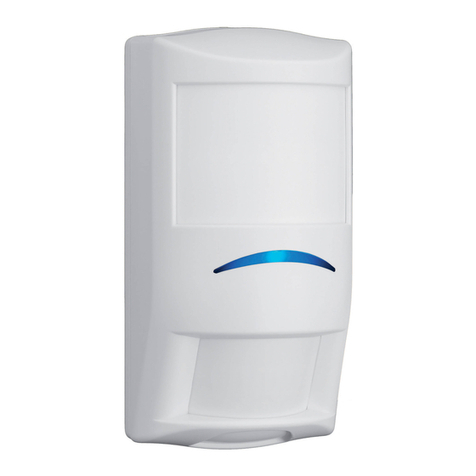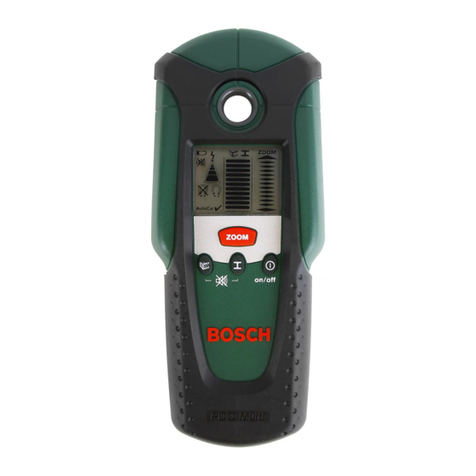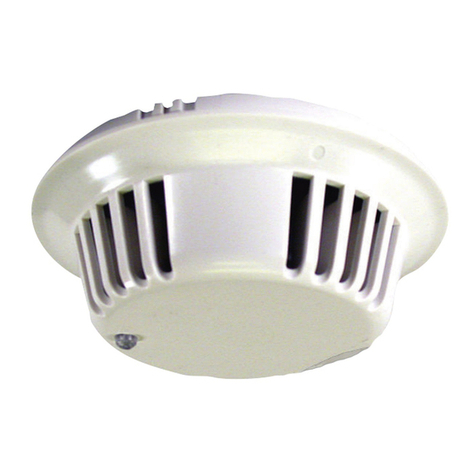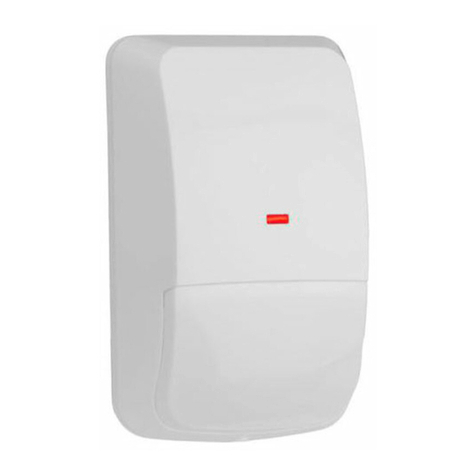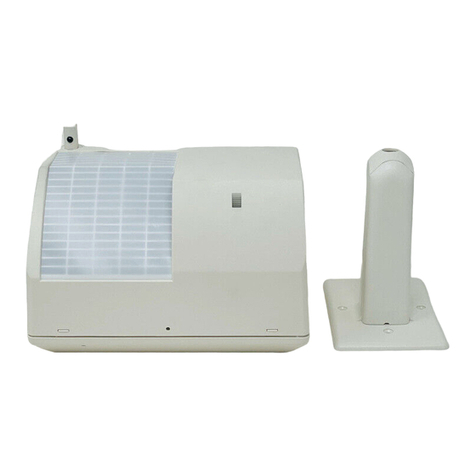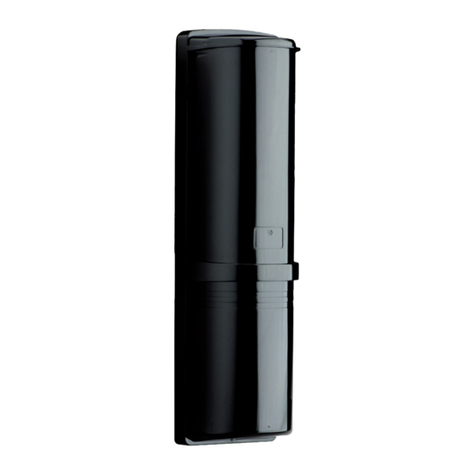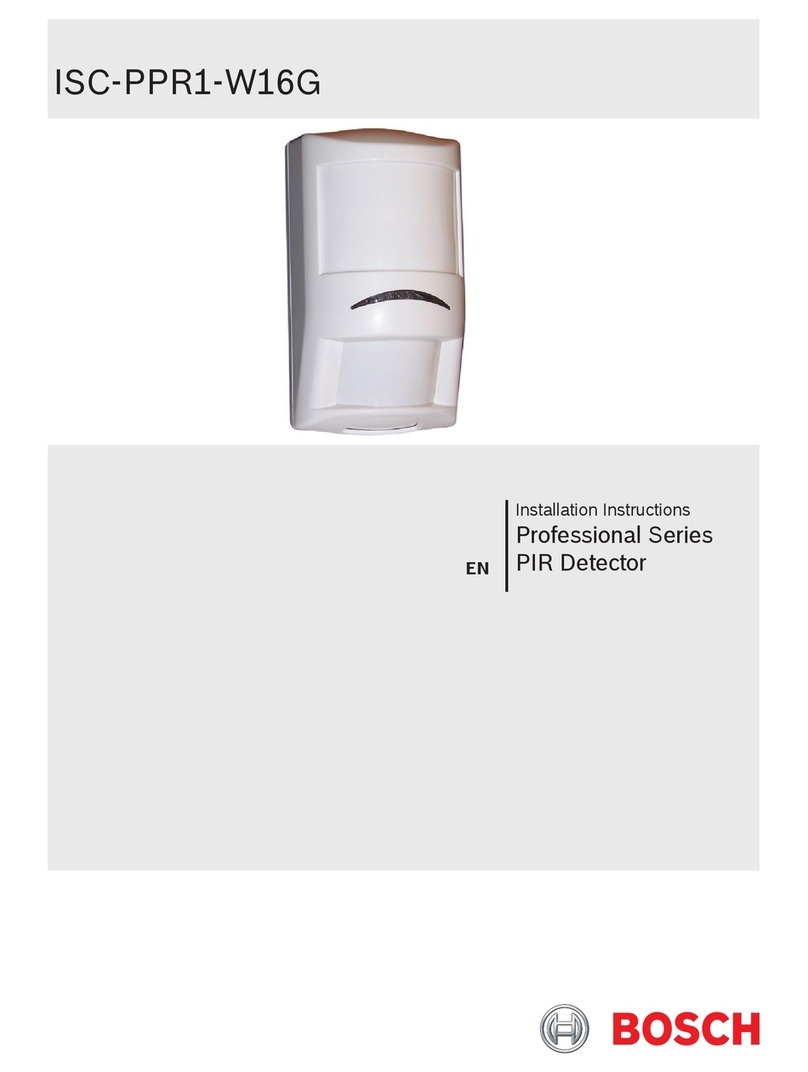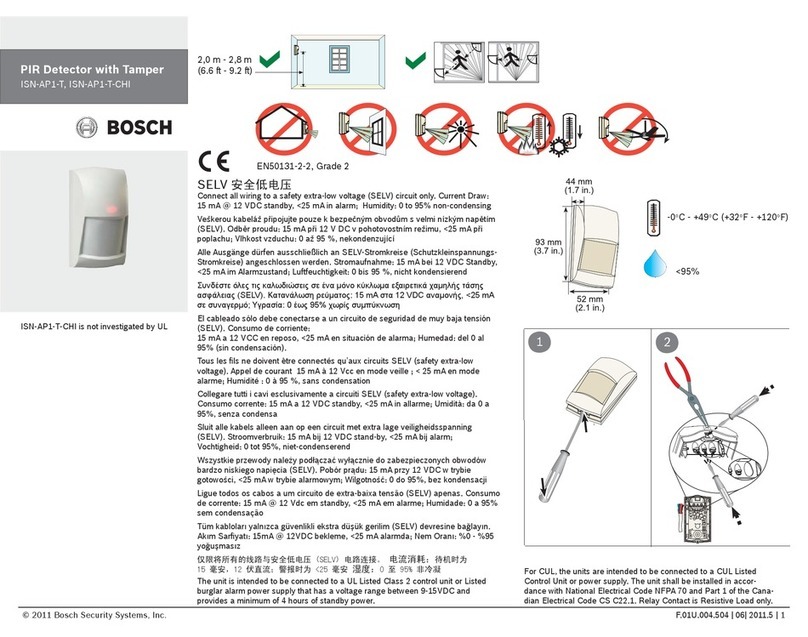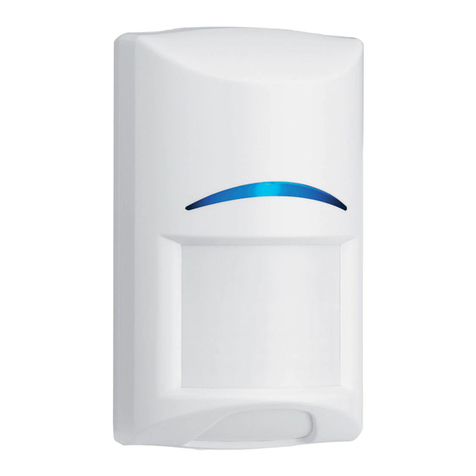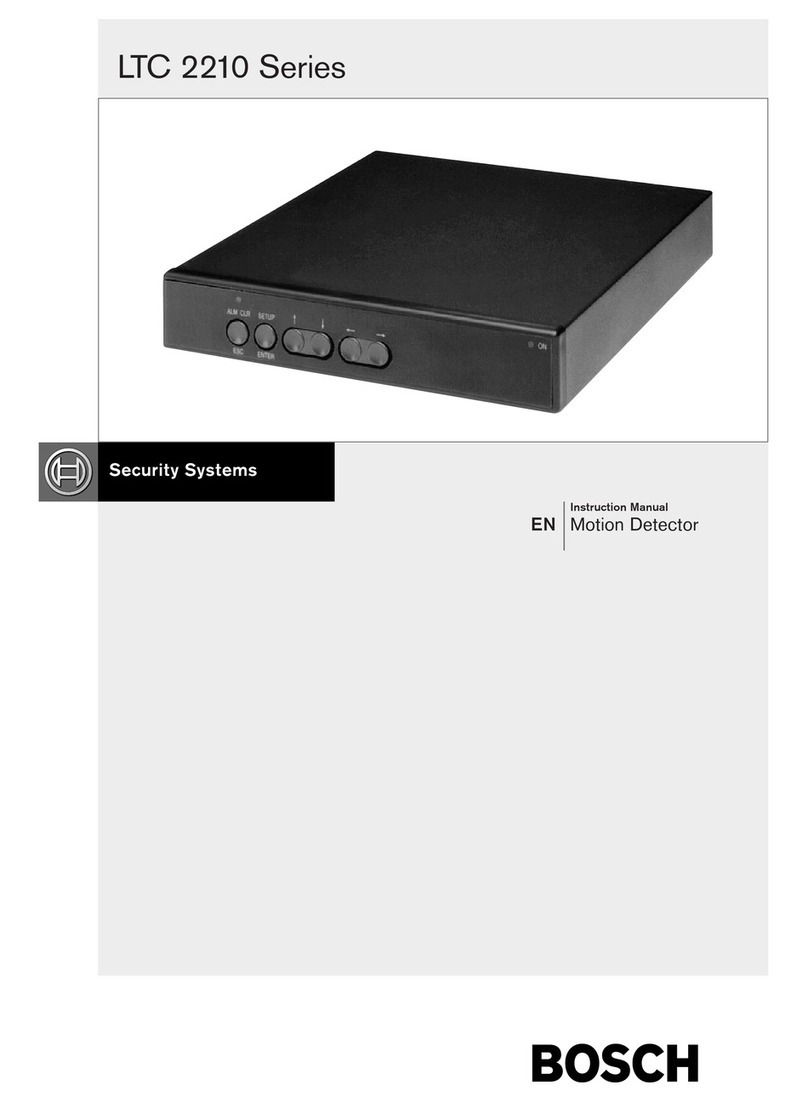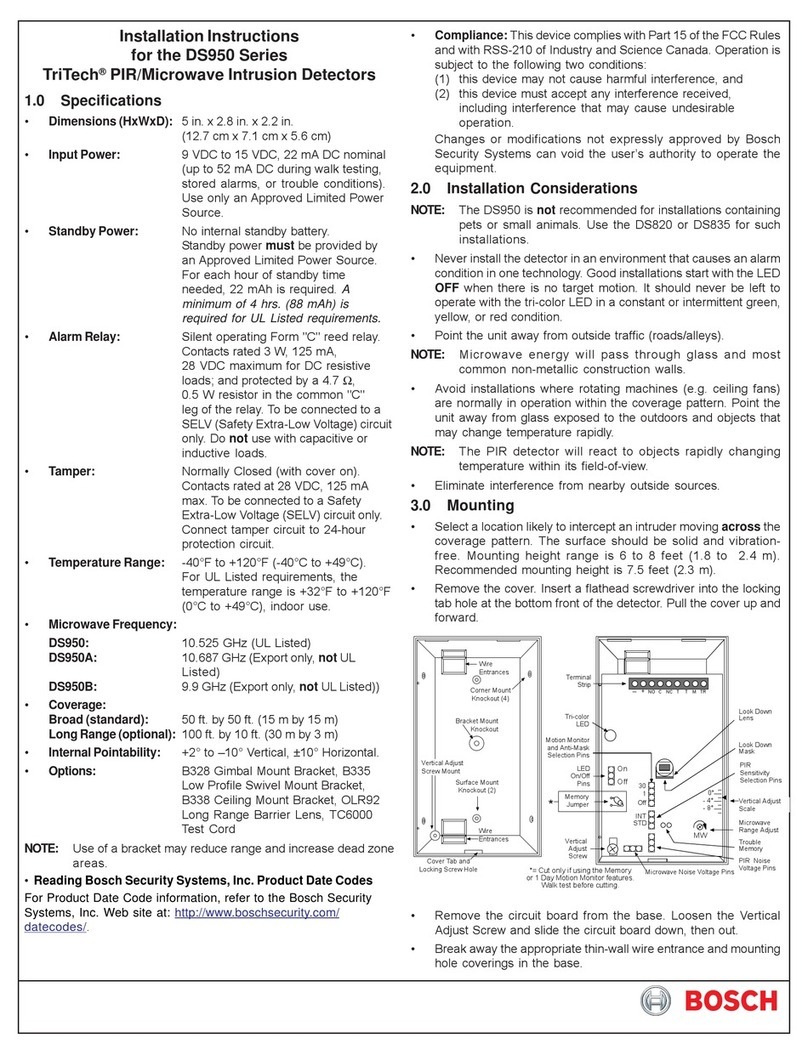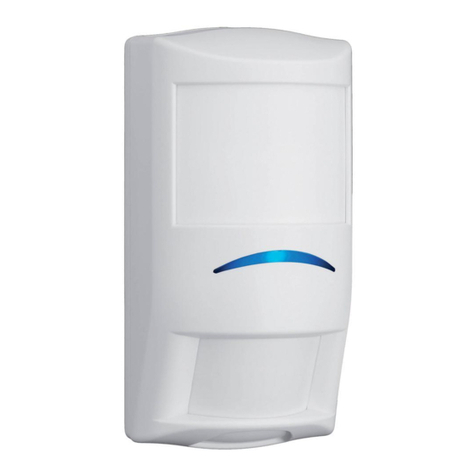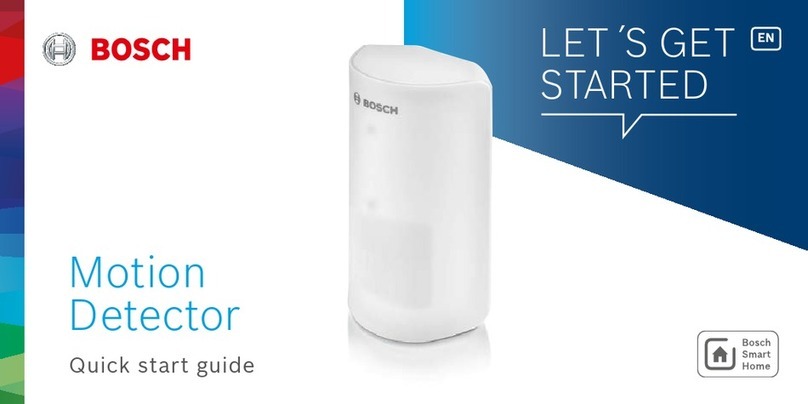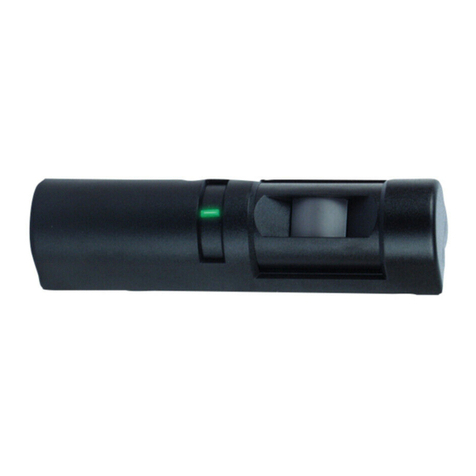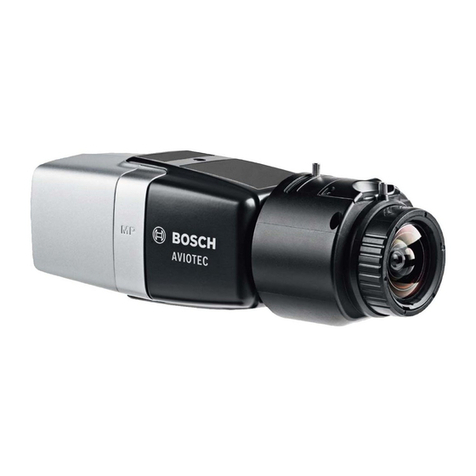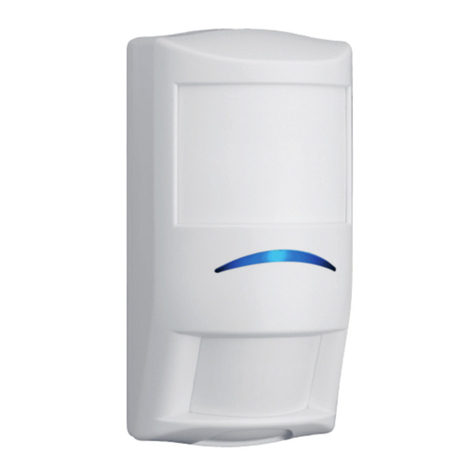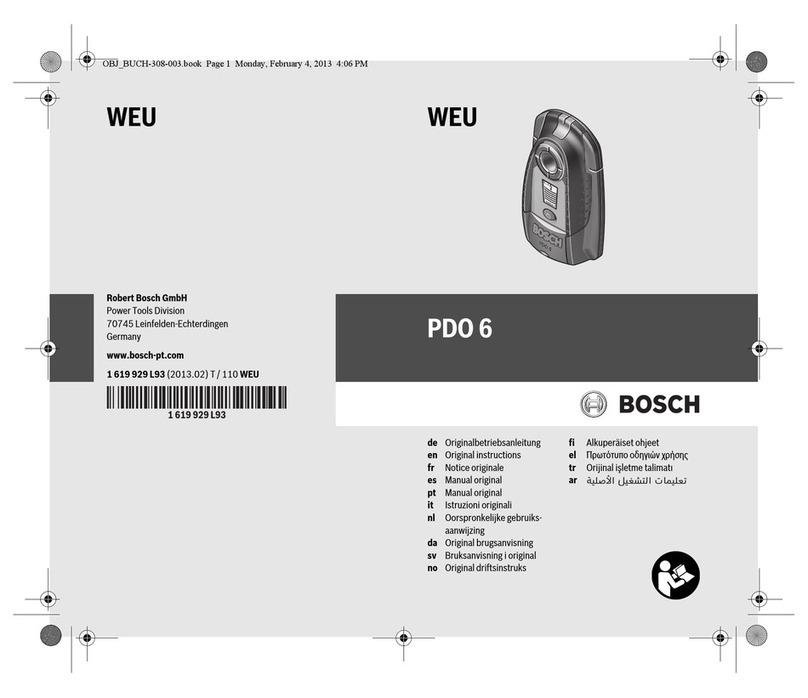
6en | Product Description Conventional Automatic Detectors
2019.11 | 5.0 | F.01U.003.962 Operation Guide Bosch Sicherheitssysteme GmbH
- FCA-500-E-EU Conventional Detector Base with EOL resistor
Mounting Boxes:
- FAA-500-BB Ceiling Mount Back Box
- FAA-500-CB Built-in Housing for concrete ceilings
- FAA-500-SB-H Surface Mount Back Box with damp room seal
Service Accessories:
- FAA-500-RTL Detector Exchanger for 500 and 520 Series Detectors
- FAA-500-TTL Test Adapter with Magnet for 500 and 520 Series Detectors
1.1 Performance Features
– Fulfills the highest aesthetic demands through the flush-mounting design and the
possibility of color toning
– Smooth, easily-cleaned detector surface
– Quick and easy insertion and exchange of the detector thanks to innovative detector
locking mechanism (click and lock principle)
– Easily-visible two-color LED for display of alarm, trouble and test mode
– Self-monitoring of the sensors: contamination level can be read in test mode
– Active adjustment of the threshold (drift compensation) if the optical sensor becomes
contaminated
– Active adjustment of the threshold (drift compensation) of the chemical sensor
– Increased detection and false alarm immunity thanks to evaluation of the time behavior of
fire and disturbance variables
– Activation of a remote indicator is possible (not for relay bases)
– Easily accessible connection terminals
– Service accessories for simple and comfortable detector test and exchange
– When using the FAA‑500‑TTL test adapter, an integrated reed switch automatically
switches the detector into the test mode (display via detector LED, flashes green once
per second).
– Can be connected to the LSN fire panels FPA‑1200, FPA‑5000 (both with CZM module or
4CON module on LSN loop), UEZ2000 LSN, UGM2020 and to other fire panels or their
receiver modules with identical connection conditions.
– EN54‑7 certified.
1.2 System Description
All detectors in the 500 Series are equipped with two optical sensors and a pollution sensor.
The FCP‑OC500 Multisensor Detector contains a gas sensor as an additional detection
channel.
All sensor signals are analyzed continually by the internal signal evaluation processor and are
linked with each other by specially developed algorithms.
By linking the optical sensors and the gas sensor, the OC detector can also be used in places
where the work carried out gives rise to small amounts of smoke, steam or dust. The alarm
will only be triggered automatically if the signal combination corresponds with the detector’s
programmed characteristic diagram. Consequently, an extremely high tolerance to unwanted
alarms is achieved.
